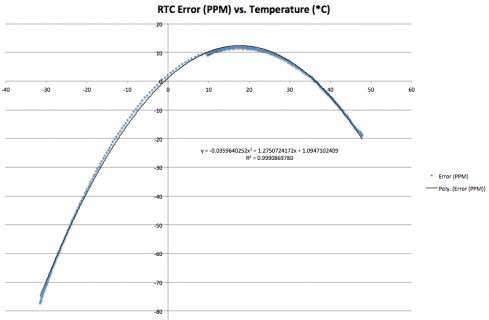Pointy
Well-known member
I finally got around to starting my next project and it requires an ethernet connection to send and receive data. So far I have the Wiz820 SDAdaptor and WIZ820io module connected and working with my Teensy 3.1, which is a good start.
The system is going to be running 24/7 and I need to switch things on and off at certain times of the day, so I am going to need to keep track of time. I found a piece of code that get the time from an NTP server but I was wondering if I should use a DS1307 and if so can it be connected along with the ethernet module?
Any suggestions on the best way to keep track of time? It doesn't have to be super accurate but I would like to also know what day it is.
Regards,
Les
The system is going to be running 24/7 and I need to switch things on and off at certain times of the day, so I am going to need to keep track of time. I found a piece of code that get the time from an NTP server but I was wondering if I should use a DS1307 and if so can it be connected along with the ethernet module?
Any suggestions on the best way to keep track of time? It doesn't have to be super accurate but I would like to also know what day it is.
Regards,
Les


